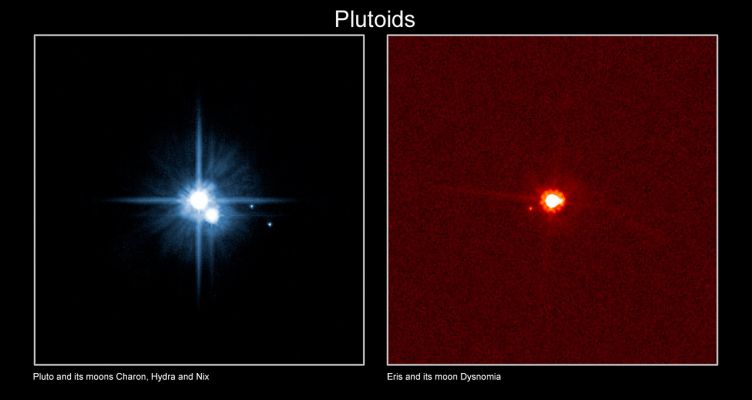-
 Pinot noir
Pinot noir
-
 Porphyry copper
Porphyry copper
-
 Loft
Loft
-
 Aura
Aura
-
 Essential oil
Essential oil
-
 Endemic
Endemic
-
 Bluetongue disease
Bluetongue disease
-
 Planck constant
Planck constant
-
 Monterey cypress
Monterey cypress
-
 Transplant organ or tissue
Transplant organ or tissue
-
 Antitussive
Antitussive
-
 DAC
DAC
-
 Spectrometer
Spectrometer
-
 CHAP
CHAP
-
 Laparotomy
Laparotomy
-
 Ichneumonidae
Ichneumonidae
-
 Whiskers
Whiskers
-
 Criminal entomology
Criminal entomology
-
 Alum
Alum
-
 Rabbit fever
Rabbit fever
-
 Earthquake
Earthquake
-
 Ctenophore
Ctenophore
-
 Anthrax bacillus
Anthrax bacillus
-
 Seveso disaster
Seveso disaster
-
 Metamorphosis
Metamorphosis
-
 Herpes
Herpes
-
 Taxonomy
Taxonomy
-
 Sea ice - Grey
Sea ice - Grey
-
 Fractal
Fractal
-
 Nectariferous
Nectariferous
Plutoid
Since June 2008, following a decision by the International Astronomical Union (IAU), a dwarf planet orbiting the Sun at a distance greater than Neptune must be called a plutoid.
A plutoid therefore has sufficient mass for its own gravity to provide hydrostatic equilibrium, giving it a quasi-spherical shape. Furthermore, to be classified as a plutoid, the body must not have cleaned up the objects in its orbit. Satellites of plutoids are not plutoids, even if they are also quasi-spherical in shape.
Currently, only Pluto and Eris are officially in this new class. The dwarf planet Ceres is not beyond Neptune's orbit, and cannot therefore be included.
 The plutoids Pluto and Eris with their satellites. Credit: IAU
The plutoids Pluto and Eris with their satellites. Credit: IAU
Latest
Fill out my online form.



